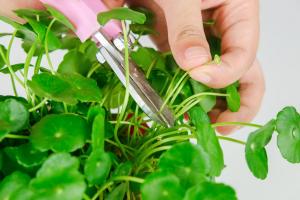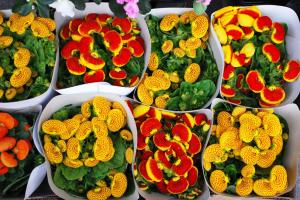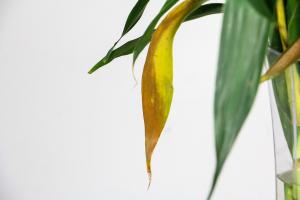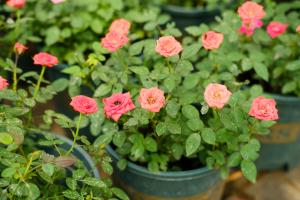Why Use Grafted Tomato Plants
Tomatoes are one of the most popular vegetables to grow in home gardens. They require a lot of care and attention, especially when it comes to disease prevention. Grafted tomato plants are becoming more popular due to their many benefits. Here are some reasons why you should consider using grafted tomato plants in your garden.
Increased disease resistance
Grafted tomato plants are created by grafting the top of a desirable plant to the roots of a more vigorous, disease-resistant plant. The result is a plant that has the best traits of both plants. The rootstock protects the plant against soil-borne diseases such as fusarium wilt, verticillium wilt, and nematodes, whereas the scion provides the fruit characteristics like size, flavor, and color. This enables the plant to produce a more bountiful harvest.
Greater yield
As the rootstock provides improved resistance, it also improves the plant's ability to take up nutrients and water from the soil, thus increasing the plant's vigor and productivity. With better nutrient uptake, the plant is more resistant to environmental stresses like drought, heat, and cold. Grafted tomato plants also tend to mature earlier, which means you can enjoy your harvest sooner.
Improved soil quality
Grafted tomato plants are less likely to suffer from soilborne diseases like fusarium and verticillium wilt. These diseases can persist in the soil for years, making it increasingly difficult to grow tomatoes in the same spot. When planted in soil with low disease pressure, grafted tomato plants are more robust, and they can help improve soil fertility and structure by increasing soil microbial diversity and activity.
Choosing the right rootstock variety
When selecting a rootstock variety, it is essential to choose one that is compatible with the scion variety. Compatibility helps to ensure that the graft heals properly and reduces the risk of graft failure. In addition, certain rootstocks have specific benefits. For example, the Maxifort rootstock variety is especially useful for combating root-knot nematodes. Alternatively, tomato plants grafted onto Estamino rootstock exhibit better tolerance for heat stress and are resistant to Fusarium wilt.
Conclusion
Growing tomatoes can be a challenging task, but grafted tomato plants can help you overcome many obstacles, making it easier to produce healthy, disease-resistant plants with a higher yield. By selecting the right rootstock variety and scion, you can enjoy a more bountiful harvest of delicious, juicy tomatoes while avoiding the frustrations of disease and other stresses.

 how many times do yo...
how many times do yo... how many planted tre...
how many planted tre... how many pine trees ...
how many pine trees ... how many pecan trees...
how many pecan trees... how many plants comp...
how many plants comp... how many plants can ...
how many plants can ... how many plants and ...
how many plants and ... how many pepper plan...
how many pepper plan...
































